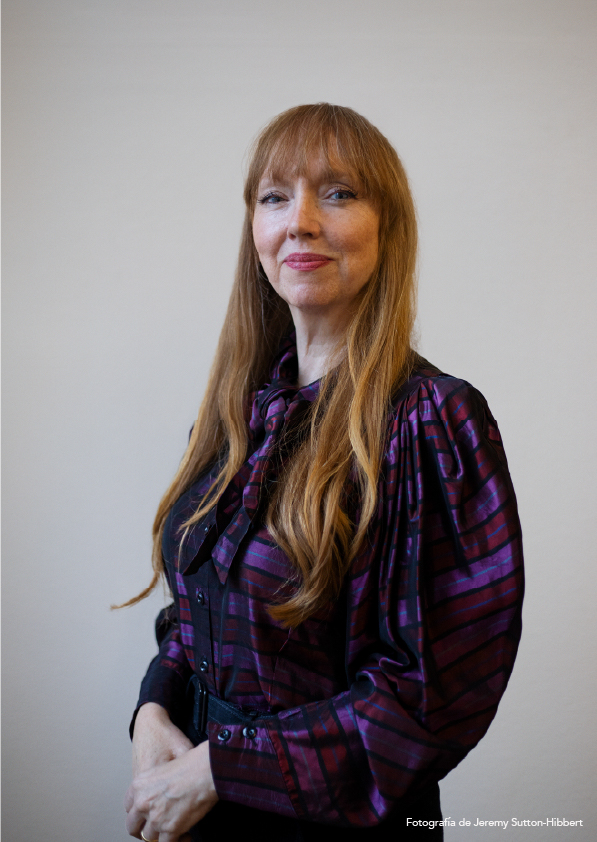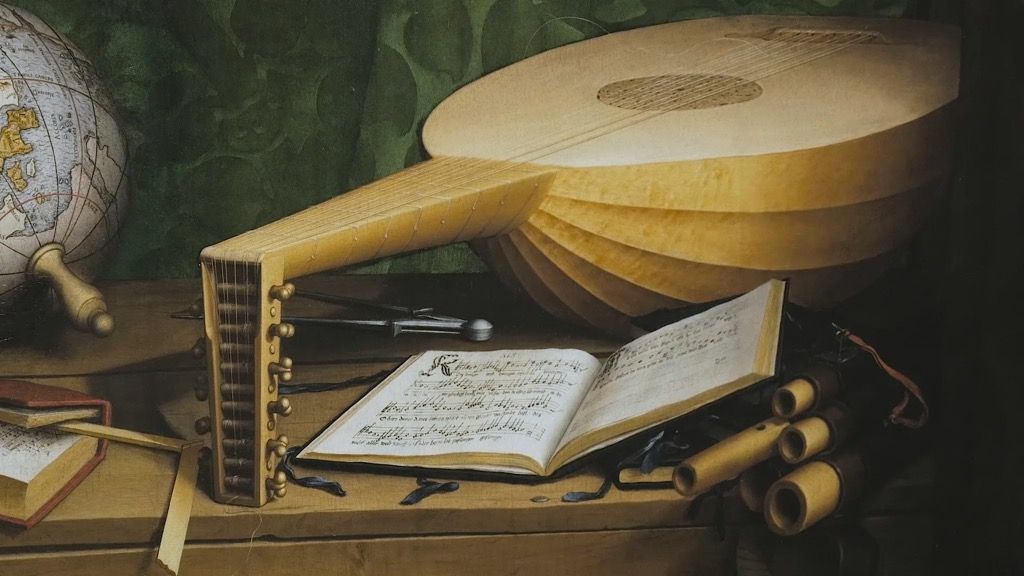Artists
The work of Susan Philipsz (1965, Glasgow, United Kingdom) revolves around the ability of sound to activate space, thus generating a deep interaction between the listener's perception and the environment. In her interventions, the artist establishes a direct relationship between sound and architecture, which is detached from conventional visual stimuli. By placing the sound at the core of her aesthetic proposal, Philipsz also offers a subtle critique of the supremacy of the visual, challenging the primacy of eye perception that has dominated the art experience throughout history. In her works, empty architecture is brought to life through non-human resonances, thus transforming the relation between the viewers and the space into a more fluid, less hierarchical interaction which is more open to the immaterial and the absent. The space becomes an extension of the body and memory, and invites those who walk through it to an active and attentive listening that can redefine our relation with the environment and with each other. The sound compositions of Susan Philipsz cover a variety of genres and traditions, from European folklore and 16th-century ballads to David Bowie's songs and workers' hymns. Melancholy, nostalgia and loss are recurring themes in her works, which invite viewers to a reflective and meditative space. It is not simply a matter of listening, but of inhabiting the sound, of feeling its transformation as it adapts to the outline of each space. Therefore, sound, despite its ethereal nature, becomes a kind of sculpture that, instead of occupying a physical volume, shapes the experience of those who receive it.



